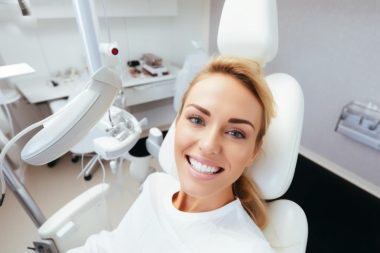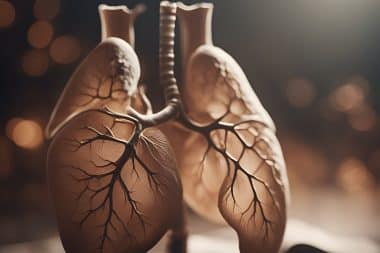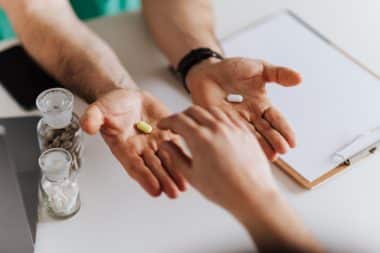The human body lives in symbiosis with trillions of bacteria and other microorganisms that we play host to. They enable some of our most basic biological processes, such as digestion. The term medical scientists use to describe this is the human microbiome; the world of microorganisms that live within us. And it’s an entire field of study, because it’s deeply complex with seemingly countless kinds of interactions and functions happening every second.
This microbiome changes not just from person to person, but also within the same person as they move through life. As they age, and even as they move around the planet, the microorganisms within them can alter according to their own rules. Researchers looked at primates, for example, and found that when a monkey was taken from the jungle to a zoo setting, their microbiome altered very radically. Researchers view the change almost as a fingerprint that can identify where the host organism is living.
Humans experience the same changes in their microbiomes. Researchers looked at refugees who came from Southeast Asia to the United States, and discovered similar findings as when they looked at animals transferred from one setting to another. The humans who left one environment and settled into another saw their microbiome readjust.
The research is important because it’s one more step towards a better understanding of these microorganisms, and hopefully being able to conquer diseases such as diabetes that interact with them.
Key Points:
- 1The hundred trillion microbes that live in your gut is called a microbiome.
- 2Studies have shown that a decrease in microbiome diversity results in decreased health.
- 3Luckily, our microbiomes are dynamic environments that react to the quality of our lifestyles, diet, and environment.








Reply